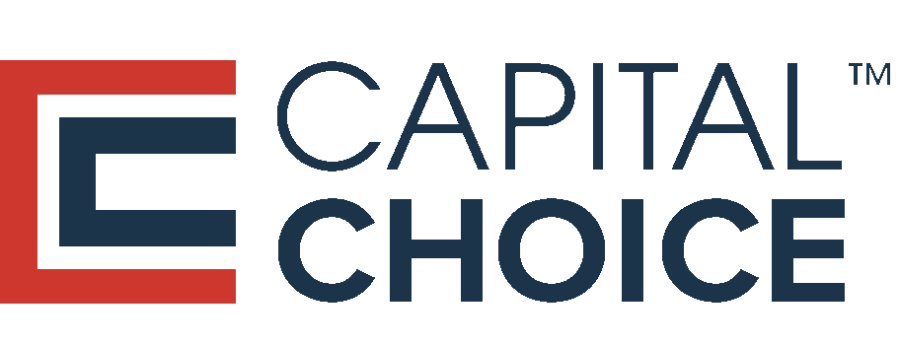Retirement seems like a distant dream to many, one characterized by leisure, travel, or perhaps endless rounds of golf. But underlying this dream is a significant financial consideration—how will we support ourselves when our working days are over? For generations, the answer to this has been ‘pensions.’ Yet, what once was a staple of retirement planning is slowly becoming a relic.
In this blog post, we’ll explore what pensions are, how they function, the differences between pension plans and defined contribution plans, the reasons behind their decline, and what it means for the future of our golden years.
What Are Pensions?
A pension is a retirement plan that provides a monthly income in the years after retirement. Unlike a 401(k) plan, where the payout at retirement is based on contributions and investment growth, a pension plan promises a specified monthly benefit, which can be a fixed dollar amount or based on salary and years of service.
How Pensions Work
Pensions are essentially long-term savings accounts that grow over time through employer contributions (and, in some cases, employee contributions), investment gains, and interest earnings. The fund is managed by the employer or a pension fund manager who invests the contributions to ensure there’s enough money to pay future retirees.
When an individual retires, they receive the accumulated benefits in payments spread out over their retirement years, typically for the rest of their life. This setup provides financial security—something particularly valuable as life expectancies increase.
Defined Benefit vs. Defined Contribution Plans
Pensions are often described as ‘defined benefit’ plans because they guarantee a specific benefit upon retirement. These contrast with ‘defined contribution’ plans, such as 401(k)s or IRAs, where the benefit received at retirement depends primarily on the contributions made to the plan and the performance of the investments.
Defined benefit plans are typically funded by the employer, taking on the investment risk, while defined contribution plans shift the responsibility of contributing and the investment risk to the employee. The employee must manage their contributions and choose their investment strategy.
Downsides of Pensions
Pension plans promise security, but they aren’t without their drawbacks. One downside is that they’re inflexible and offer little individual control over investment decisions or retirement income planning. They can also be incredibly costly for employers, as they must maintain sufficient funds to cover the future liabilities of the pension payouts, regardless of the company’s financial situation or market performance.
This long-term financial commitment can be risky for employers, who are responsible for covering any shortfall between the pension fund’s assets and the benefits promised.
The cost of funding defined benefit plans has led many employers to switch to defined contribution plans, which offer them a more predictable cost model and less long-term liability.
Rolling Over Pension Plans
For those who have a pension but are changing jobs, managing the pension benefit is an important consideration. Some plans may offer the option to ‘roll over’ the pension into an individual retirement account or another retirement plan, allowing the individual to control how the funds are invested and potentially secure a better retirement outcome depending on the investment decisions made.
However, rolling over a pension plan should be done thoughtfully, considering factors like investment risk, insurance protection, and retirement timing. It’s crucial to understand the implications on your financial health before making this decision. Consulting with a financial advisor may be beneficial.
Why Most Companies Have Abandoned the Pension Plan
Several reasons contribute to the decline of pension plans. The most significant is cost. Longevity increases have meant that companies are on the hook for longer retirement periods, exponentially increasing the cost of providing pensions. Market volatility and regulatory changes have also made the cost of maintaining pension plans harder to predict and manage.
Additionally, the shift from industrial to service-based economies means that companies are less likely to employ workers for their entire careers. With a more mobile workforce, the perceived value of offering a long-term benefit like a pension has diminished.
Economic downturns and corporate bankruptcies have further demonstrated that pensions, while intended to be secure, can be jeopardized if the company responsible for them faces financial difficulties. The result has been a massive shift toward defined contribution plans.
The Future of Retirement Planning
The decline in pensions means that individuals now bear more responsibility for their retirement planning. As defined contribution plans become the norm, individuals must become more literate in financial planning and investment strategies or hire a Financial Advisor to help.
The decline in pensions also raises concerns about retirement security, particularly for those without access to a pension or defined contribution plan. This trend has prompted discussions around potential solutions, such as expanding Social Security benefits and employer-sponsored retirement plans.
This shift also spotlights existing social safety nets like Social Security, prompting discussions on how these systems must evolve to support individuals with less access to employer-sponsored retirement benefits, which makes individual planning and saving for retirement even more important.
Conclusion
The world of retirement planning has undergone seismic shifts. Pensions, once the bedrock of a retiree’s income, are fading, supplanted by options that call for greater individual responsibility. Though this represents more control over personal funds, it also requires a new level of financial savvy.
For those approaching retirement, this new landscape presents an unsettling mixture of challenge and opportunity. Ensuring you’re equipped with the knowledge and resources to make informed decisions about retirement planning is now more important than ever. Employers may no longer be the guardians of your retirement, but with careful planning, the dream of a comfortable retirement is still within reach.
Navigating this transition is not without hiccups, but the key takeaways are clear. Regardless of the types of retirement plans available, the onus is increasingly on the individual to actively engage in their financial future. In an era of diminishing pensions, crafting a strategic, diversified, and adaptable retirement plan is not just practical—it’s essential.
Remember, whether it’s a pension, a 401(k), an IRA, or an alternative investment strategy, the goal remains the same—a secure and sustainable retirement. With attention to detail, an understanding of available options, and perhaps guidance from financial professionals, you can aim to enjoy your later years with the peace of mind that comes from sound retirement planning.
It’s a brave new world in the realm of retirement, but with a nod to the past and an eye to the future, we can all plot a course toward a successful and fulfilling retirement.
—
Must-Have Takeaways for Your Pension and Retirement Planning:
- Understand the type of retirement plans available to you and how they work.
- Consider rolling over your pension if changing jobs, but seek professional advice.
- Acknowledge that retirement planning responsibility now largely rests on your own shoulders.
- Engage in continuous financial education to prepare for your retirement future.
- Consult financial advisors to create a robust retirement plan that suits your individual needs.




